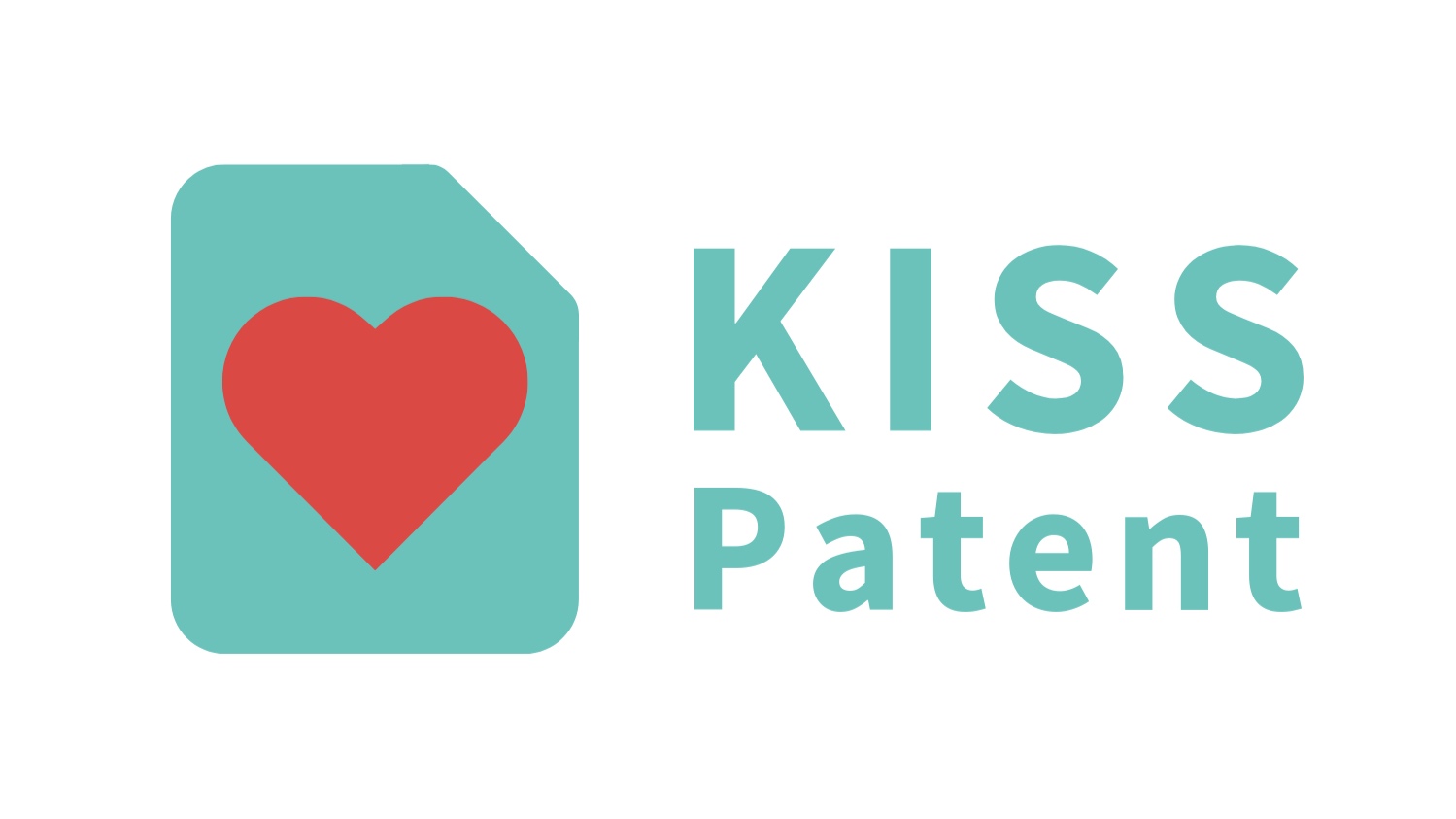This is the short answer: a pending patent is a phrase you use when you have filed a patent application at a government patent office, like the US Patent and Trademark Office (USPTO).
A granted patent (or issued patent) is the actual patent — which is enforceable in court.
Sounds easy, right? Good, because it is!
A pending patent is part of the process of getting an actual patent, which means that if you take your idea seriously enough, you’ll want to do both.
Here’s how the patent process looks like:
If you want to learn more about the difference between the US patent types ‘grant’ and ‘application’ read our FAQ here.
So, where does the patent pending comes into play? This is how it works.
What does patent pending mean?
The term patent pending is used to let others know that you’ve filed a patent application at the USPTO. You can’t use it if you haven’t filed, in fact, you can get fined — so don’t use it lightly.
We’re sure you’ve seen products that announce they have a patent pending. Right?
This is great for consumers because they get the idea that they’re buying something really innovative and unique.
For investors, they can understand that you’ve taken serious time and effort to protect your ideas.
More importantly, investors will know that your idea is actually unique and you’re in the process of getting a patent for it.
And, if a competitor notices that you have a patent pending, well, good luck trying to get away with copying a product that’s protected.
But how can you get a “pending patent” status?
How to get to patent pending
The patent pending phrase can only be used if you have filed a patent application. That’s it.
The easiest way is to file a provisional patent application to get patent pending status. The provisional patent application is a type of patent application that protects you while you’re still developing your idea. We love provisionals because they’re easier to get and they can be the foundation for your non-provisional patent process.
The main benefits of getting one are:
Faster turnaround times: once you’ve filed, you can immediately start using the term “patent pending”
Less expensive than a non-provisional patent: helpful if you’re still developing your idea and have a low budget
Flexibility: you can keep working on your idea and add details once you file for a non-provisional
Fewer requirements than a non-provisional
We always recommend innovators to start with a provisional because it means you can also publish your idea safely, without worrying about copycats.
Also, pending patents are magnets to investors, they love knowing you’re protecting your idea!
As for how to get a provisional patent, you can consult our Provisional Patent Application Guide. This guide has all the information you need to start your process!
How does a patent pending protect you?
A patent pending protects your idea because you have actually filed for a patent application. You can’t use those two words if you haven’t filed yet.
It also helps you to be first — so that someone else won’t file before you. Remember that the patent system is a first-to-file system. If you want to claim an idea over anybody else, you need to file first.
Getting a provisional patent gives you that first-to-file advantage.
How long does a patent pending last?
You can be patent pending for as long as the application is in pending status. For a provisional application, this period is 12 months, which is the time a provisional patent lasts.
After 12 months, you need to file for a non-provisional (or utility) patent. Since you’ve already filed for a provisional, it’ll be easier… most of your work is done!
You can even add more information to your patent application in case you’ve improved or further developed your idea.
Once you file your nonprovisional, you’ll also be patent pending. In some cases, people don’t file for a non-provisional after the 12-month period. In that case, they can’t use the patent pending phrase anymore.
If you decide to abandon the patent process, your idea will stop being protected and anybody can take advantage of your hard work.
What about a granted patent?
First of all, there’s no difference between a patent issued vs granted. They’re the same.
A granted or issued US patent is an actual patent. After filing for a provisional patent, you have 1 year to file for a non-provisional, which can result in a granted or issued US patent.
A patent can be enforced in court if someone infringes or trespasses on the claims of the patent. But not only that, a patent can actually block competitors from your market if you have good protection.
We’ve mentioned it before, and we’ll say it again, patents are super attractive for investors.
Investors only go for ideas that they’re sure will be successful with the lowest risk possible. A patent can provide that, there’s no better way to prove how innovative you are than with a patent!
Finally, a patent is just like any other business asset. It can be sold, licensed, or transferred.
A patent can easily be a cash-machine if you plan your strategy right!
Over to you
Intellectual property protection can be difficult to navigate, but we’re here to help. We hope this information helps you get on the right track to start your patent process!
At KISSPatent, we have a team of patent experts that can support you in your provisional patent and non-provisional patent applications.
We love to help innovators plan their strategies so they can get the most out of their ideas!
Book a free patent consultation call and start your patent journey!
Wondering if your idea is patentable? Have a question about this article? We can answer all of your questions — just hit "contact us" down below!











